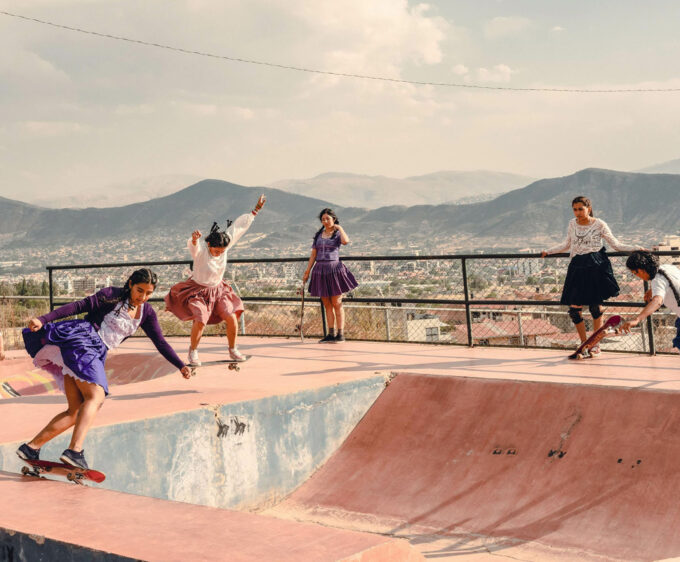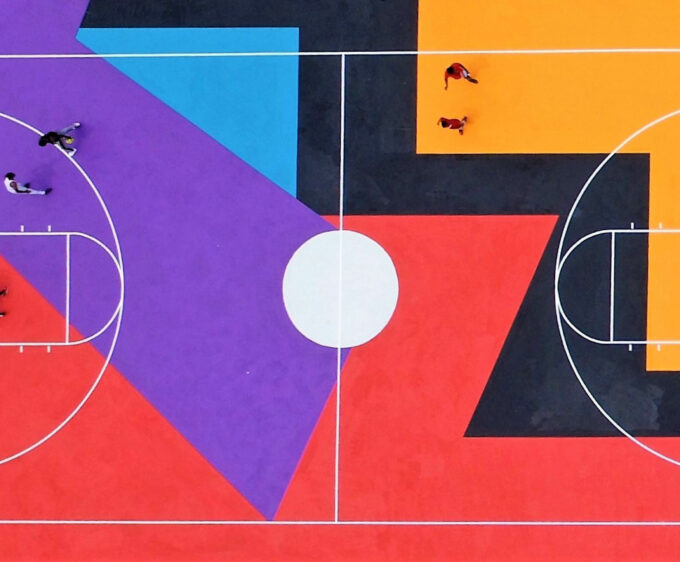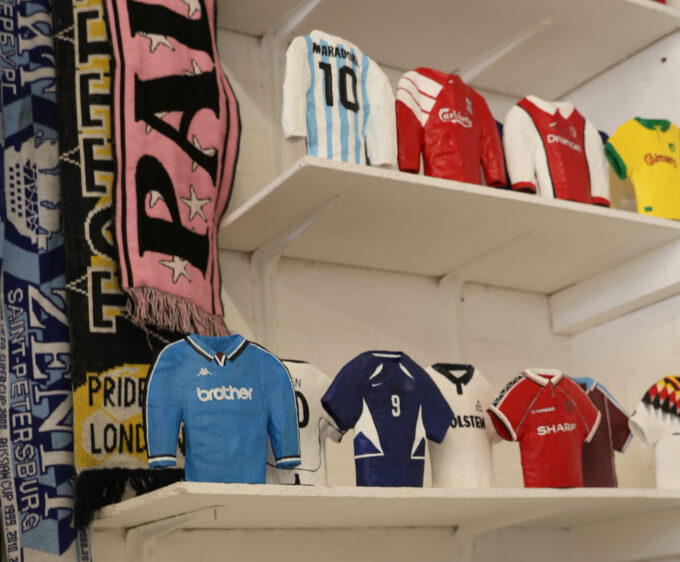
Art: Jansson Stegner
Jansson Stegner’s distinctive work focuses on strong female athletes. Intrigued by their power and strength, Glorious talks to the artist about his style and inspiration
By Glorious
Jansson Stegner has always been interested in figurative art that is grounded in realism yet isn’t confined by its rules. He takes great liberties with the human form and he likes to blend symbols of power and beauty in order to present them in a new way. He gives the figures in his paintings seemingly contradictory attributes in order to challenge the viewer’s preconceptions about masculinity, femininity, strength and beauty.
The paintings are typically not portraits of actual individuals. Instead of looking at an individual and trying to capture their essential qualities in a representation, he starts with his own ideas of what he wants the figure to feel like and then takes bits and pieces from different sources to construct what he is after. In that way, his paintings are the opposite of portraits. They are not a reflection of reality, but a suggestion of what reality could be.
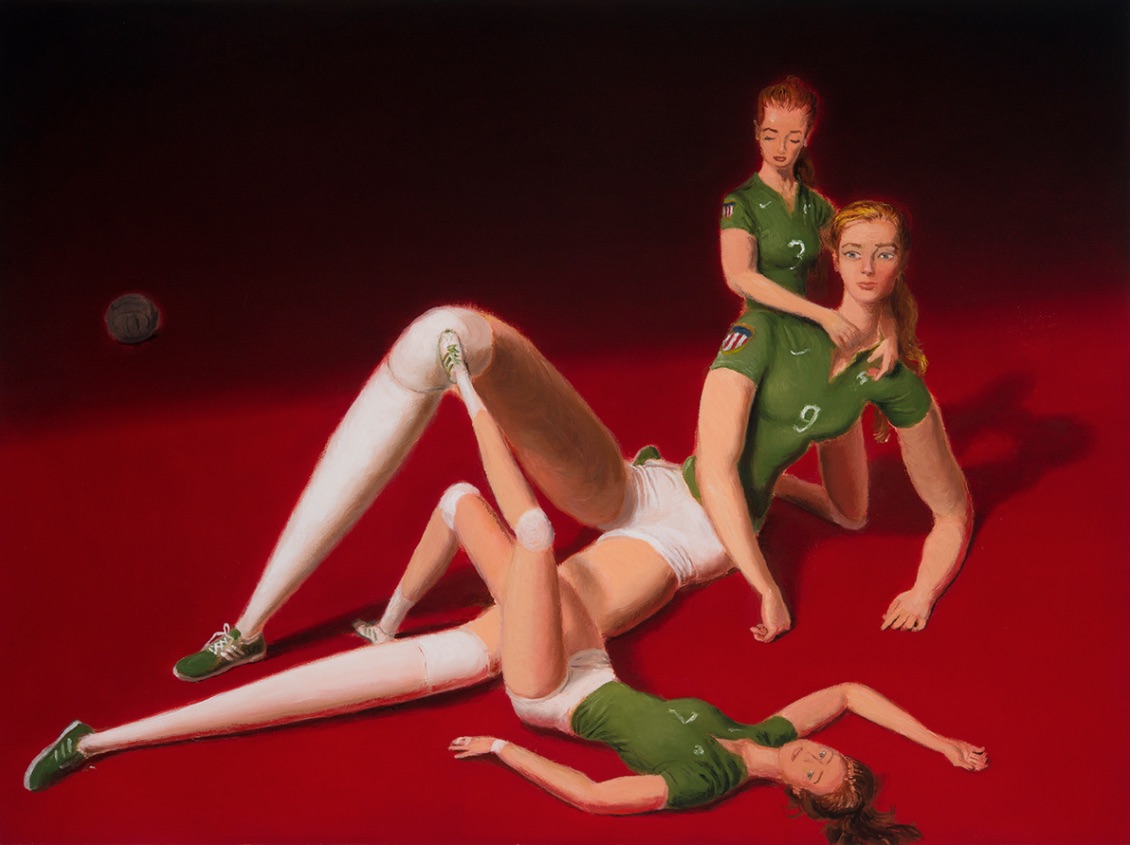
Glorious: Did you study fine art at university? How did you come to be a painter?
Jansson Stegner: I did my undergrad at the University of Wisconsin-Milwaukee and grad school at SUNY Albany. I have been interested in art since childhood, beginning with comic books and other kinds of fantasy/sci-fi illustration. Around the age of 16, I discovered Van Gogh and he led me into painting and the discovery of other great painters of art history.
Glorious: It seems as though you have a connection to art history. Which artist(s) have inspired your work?
Jansson Stegner: The artists whose work has most affected me come from different movements and eras, yet are connected by having invented their own strange language of the figure. Often their work has strong psychological undertones. El Greco, Ingres, Ensor, Schiele, Dix, Balthus, and Alice Neel are but a few of the artists that I would put in this category. I feel like these artists worked by balancing familiarity with unfamiliarity or strangeness with normalcy in their examinations of the human figure. The greatest psychic tension occurs when those two elements are in an odd balance that heightens them both. I like to think of my work as a continuation of this long-running tradition and, hopefully, adding something new to it.

Glorious: Did you play sports growing up and do you play now? If so, which ones?
Jansson Stegner: As a kid, I wrestled, played baseball, soccer, and studied Taekwondo for a few years. Now I just run and go to the gym enough to stay (sort of ) in shape.
Glorious: You paint a lot of female athletes, why is that?
Jansson Stegner: Painting athletic women has been a significant part of my work for the past fourteen years. I was originally inspired while watching Olympic women’s volleyball on TV, where many of the players I saw were tall, muscularly built and physically powerful. I am fascinated by the ways that strength, power and beauty can be blended in the female form and have returned to this subject again and again over the years.
movements
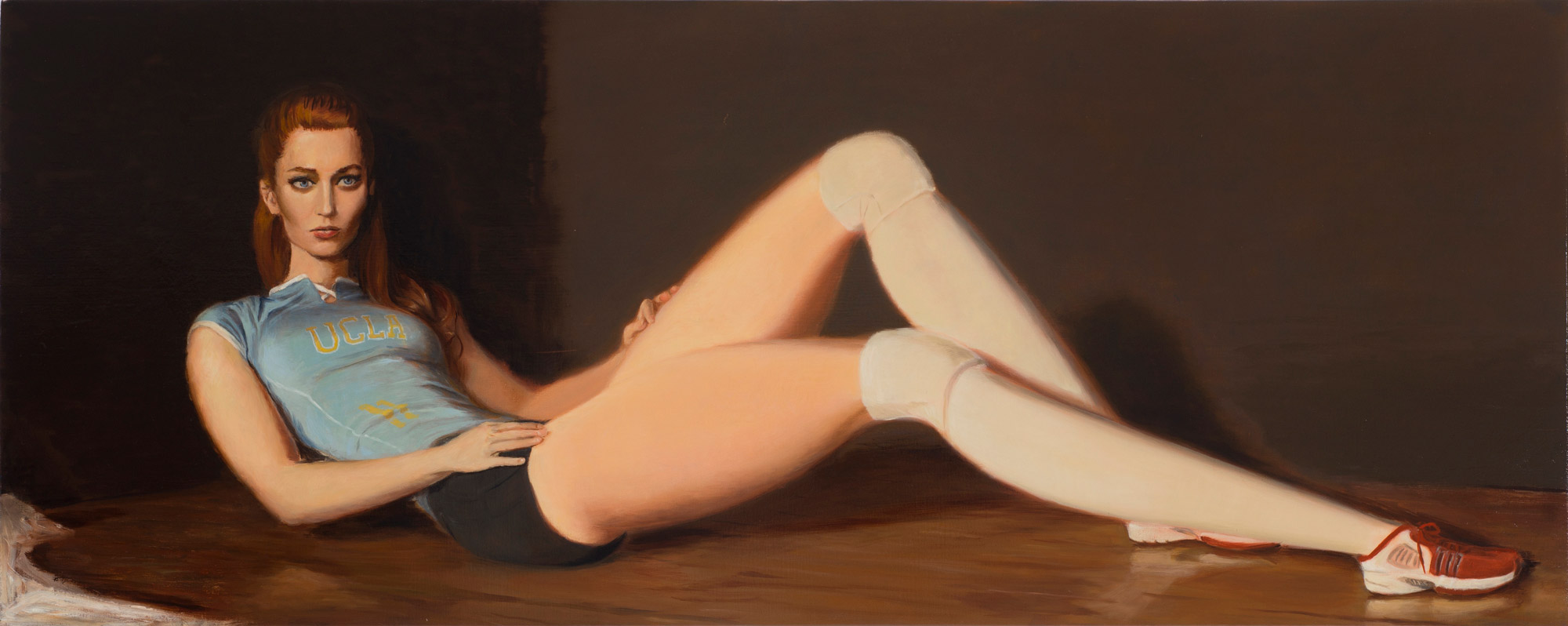
Glorious: Your paintings represent fictitious individuals, where is it that you primarily take inspiration from for your work?
Jansson Stegner: A portrait tends to be an image where the artist allows the character, physiognomy and personality of the sitter to lead them toward the final product. In most of my work, I take different pieces from different sources to construct the figure. Maybe the pose from one model, the face from a second and the hair from a third. So the final product is not a reflection of an individual, but more of a constructed person made up from the attributes of many. This sometimes helps me when I am trying to paint a character type that may not exist in reality. I get inspired by people I see in everyday life. Someone may have a certain look, body type, hairstyle or even just an attitude that I want to borrow or blend with something else to make a painting.
Glorious: How long does it take you to complete a painting?
Jansson Stegner: Too long. Depending on the size, a painting can take anywhere from a few weeks to a couple of months. I always work on several at a time.
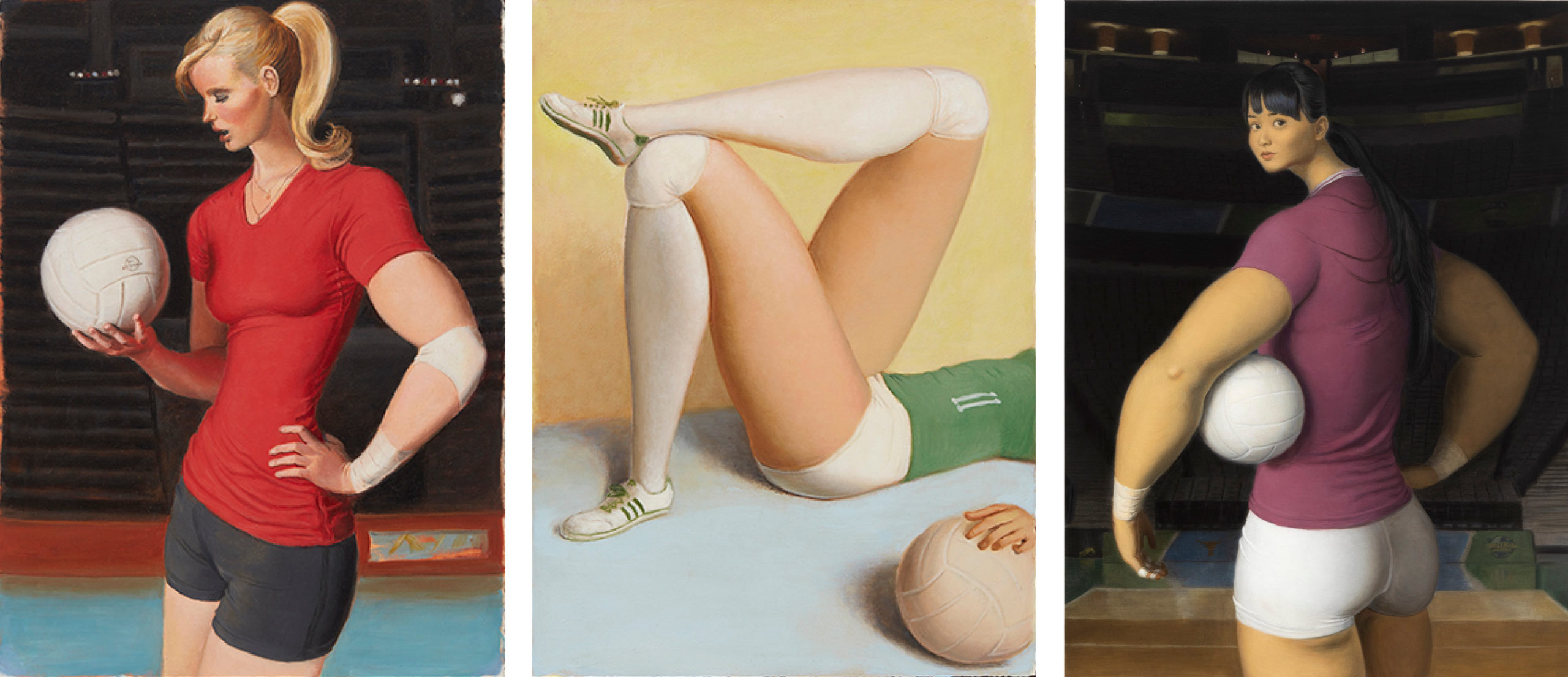

Glorious: The female athletes are often depicted as being strong, muscular and powerful, does this represent what you think it is to be a woman?
Jansson Stegner: It’s certainly an aspect of what I think it means to be a woman. Women are powerful in many ways and I guess I use physical strength to depict that both literally and metaphorically.
Glorious: You’ve previously stated that your work gets more praise from women than men, why do you think this is?
Jansson Stegner: Well, for one thing, I paint more women than men, so I guess that might be expected. Also, my work seems to elicit a stronger reaction from women based on the way I paint them. A lot of women tell me that they are excited to see big athletic female figures painted in a beautiful way because they haven’t seen much of that before. Others are glad to see their unique body type reflected in my work. Still others react negatively and feel that a man who paints beautiful women of any kind is just continuing the long trend in art and society of objectifying women. I understand and respect that criticism, though I disagree with it.
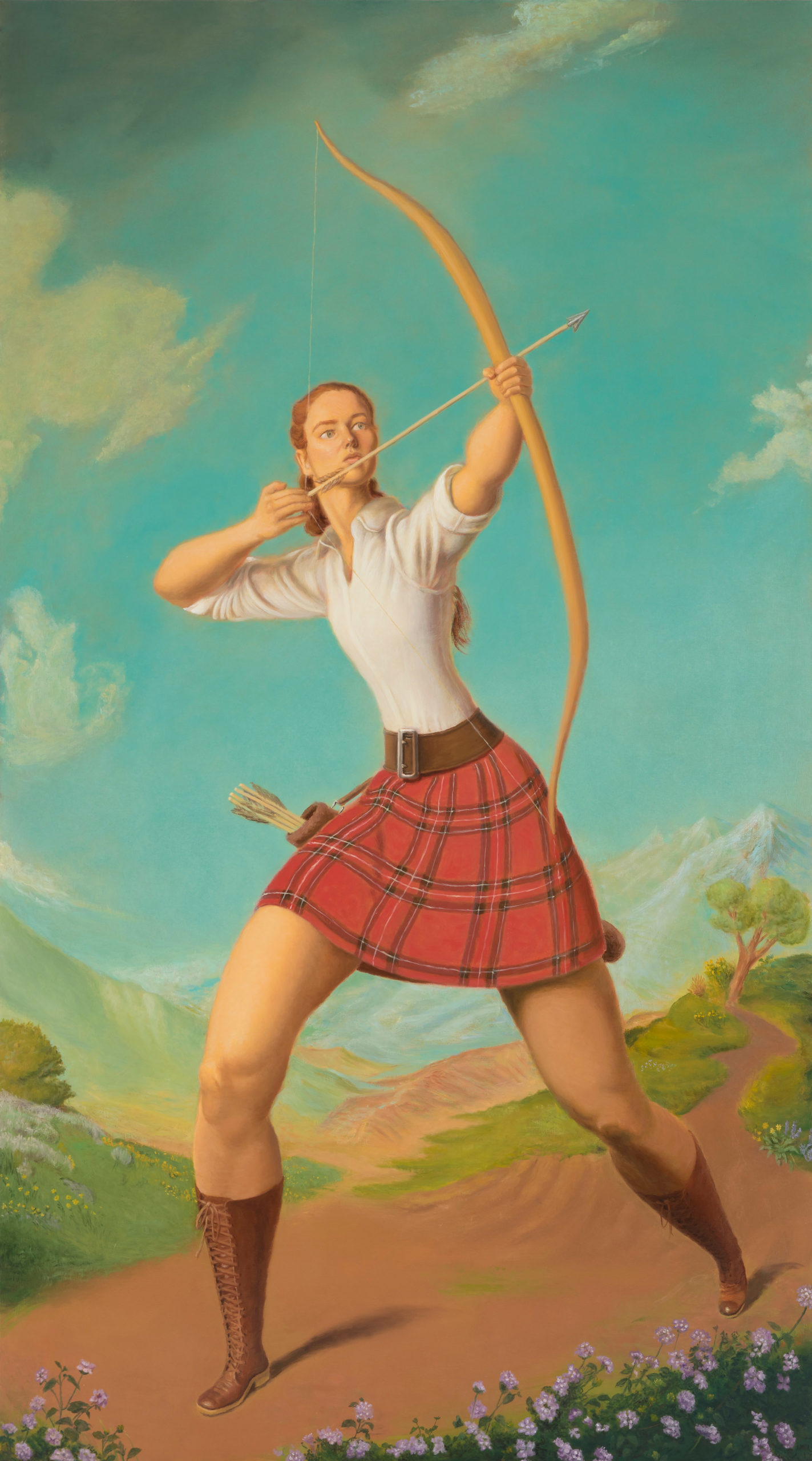
Glorious: You depict females in traditionally male roles, particularly in your sports paintings. Is challenging gender biases a conscious decision/ something you’re interested in?
Jansson Stegner: I tend to emphasise the strength of my female figures and the grace and delicacy of my male figures. I like the idea of compressing traditional gender roles as a way of bringing men and women closer together. Not all men are one way and not all women another. It is interesting to me to see traditionally male characteristics showing up in a female form and vice versa.
Glorious: Your paintings seem rooted in Realism without being that realistic! What do you think makes a successful painting?
Jansson Stegner: Balance is kind of the whole game. To make a painting interesting you need to blend familiarity with unfamiliarity or strangeness with normalcy. Too much normalcy and it’s boring. Too much strangeness and it’s unrelatable. As I said before, the greatest psychic tension occurs when those two elements are in an odd balance that heightens them both. You just have to keep playing until the balance is reached.
Balance
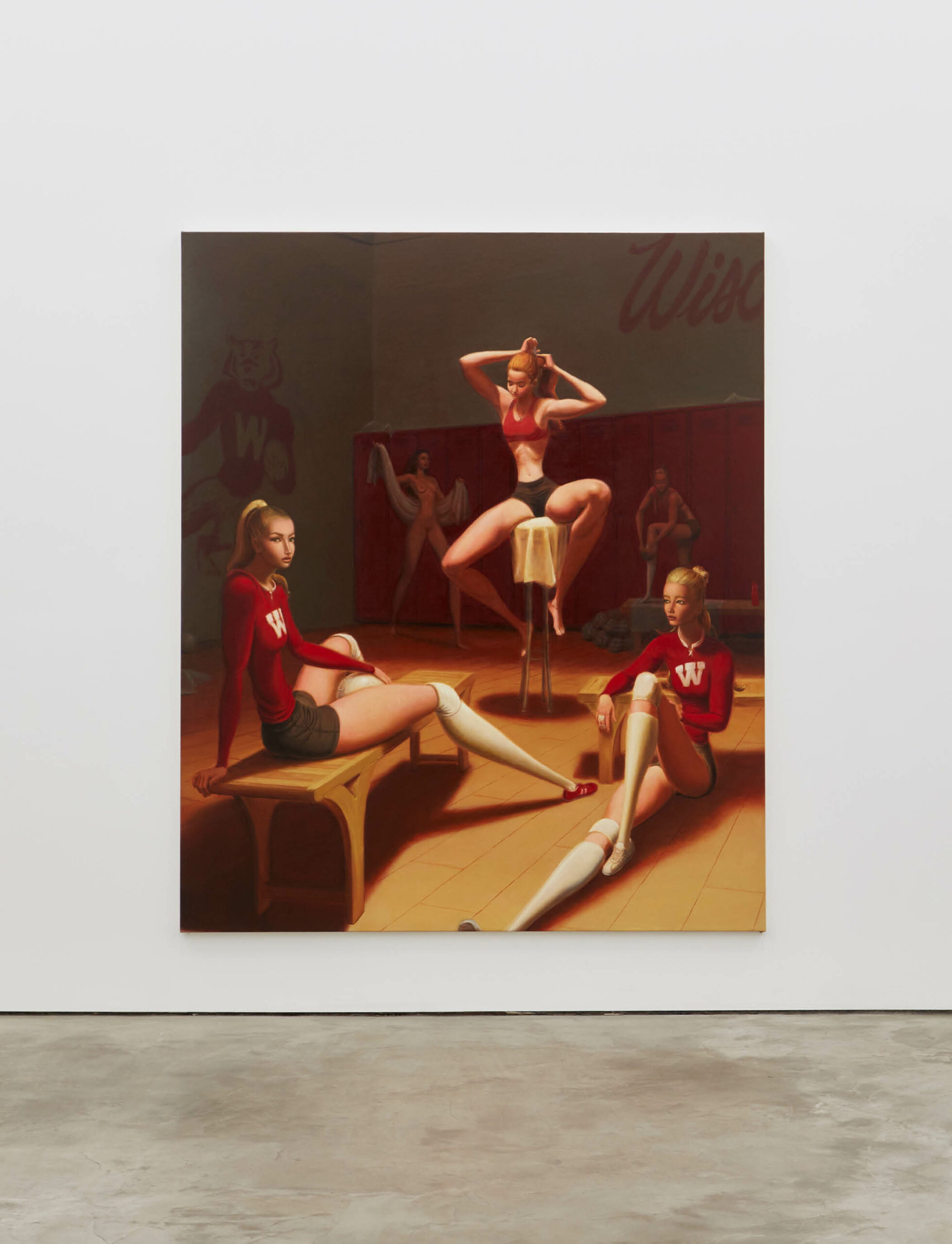
Glorious: Do you watch/ have any interest in women’s sport, if so which ones?
Jansson Stegner: I like watching sports of all kinds, though I don’t have too much time these days. Women’s volleyball and soccer are great to watch.
Glorious: Who is your sporting icon?
Jansson Stegner: (Baseball player) Kirby Puckett! I followed the 1987 Twins religiously from the beginning of that season until the end when they won the World Series. No one shined brighter in that season than Kirby.

Glorious: If you could have dinner with four famous people, who would you invite and why?
Jansson Stegner: I would invite El Greco, Goya, Manet and Edward Hopper. Four painters I love from different eras. I would love to hear their different philosophies of painting and I would grill them endlessly about technique.
Glorious: What’s next for you?
Jansson Stegner: I am working on a new body of work that features more of the beauty of the southern California landscape along with the figures I always paint. My next solo show will be in late 2024 at Nino Mier Gallery in NYC. You can find me @janssonstegner on Instagram and janssonstegner.com
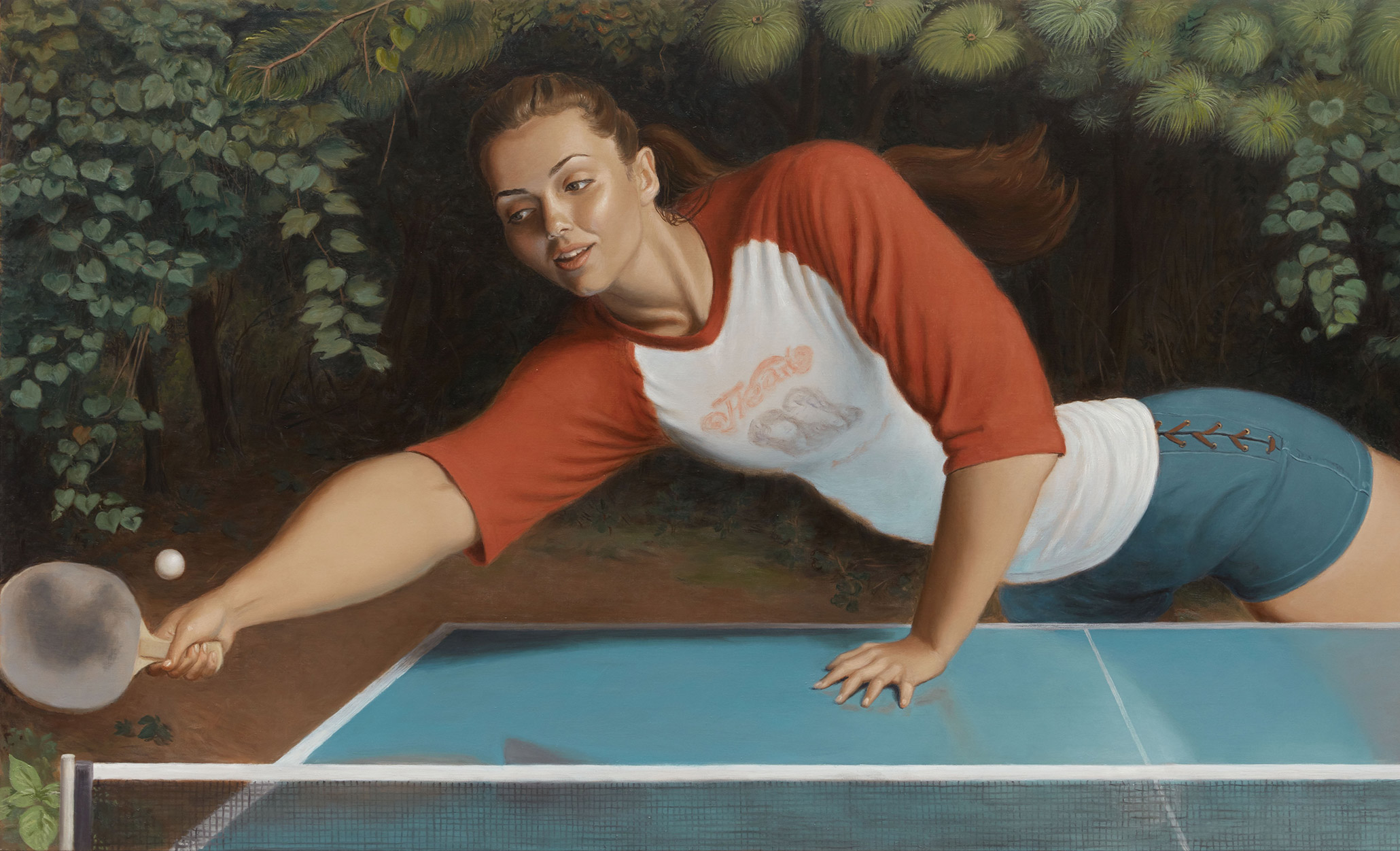
Images courtesy of Nino Mier Gallery and Jansson Stegner. Photographers Dawn Blackman, Bill Orcutt and Lee Thompson.

